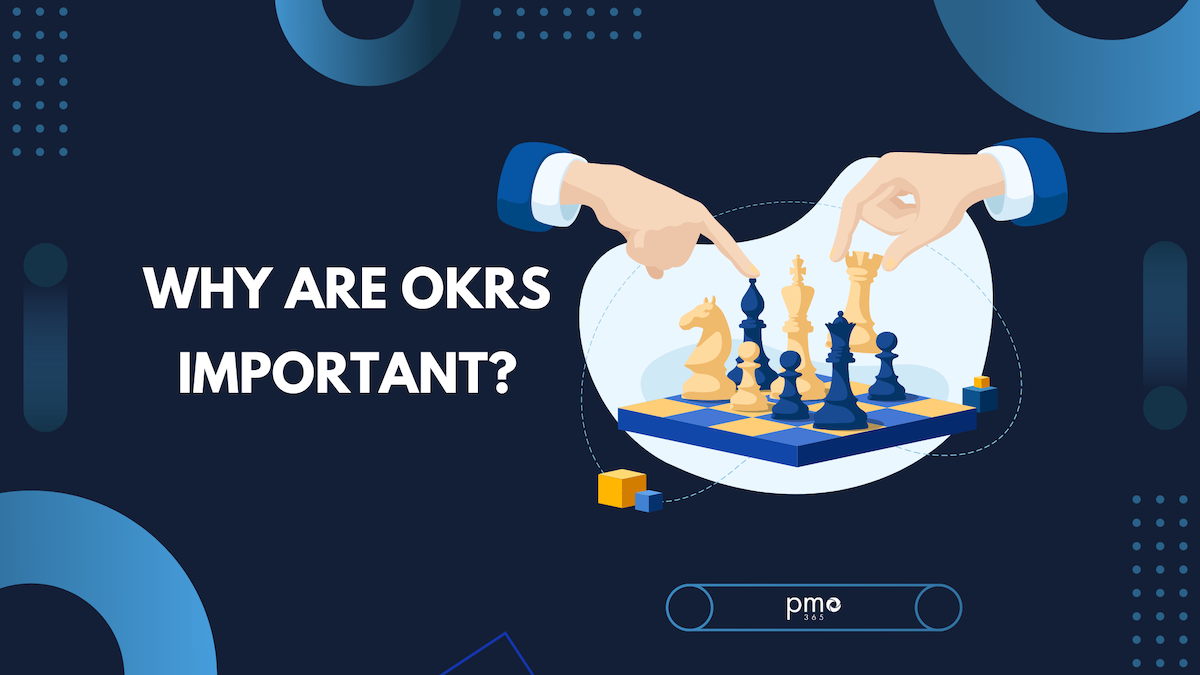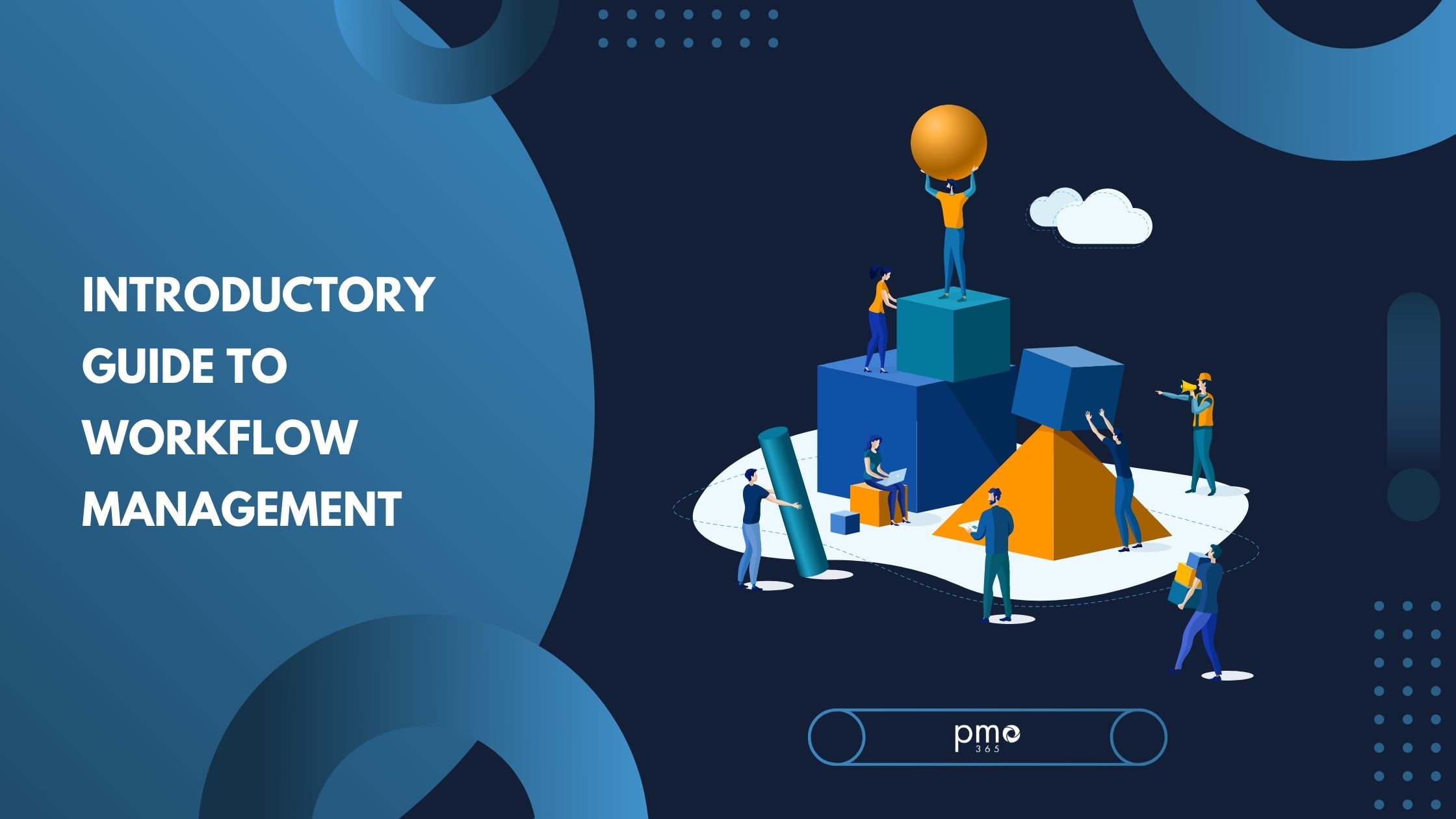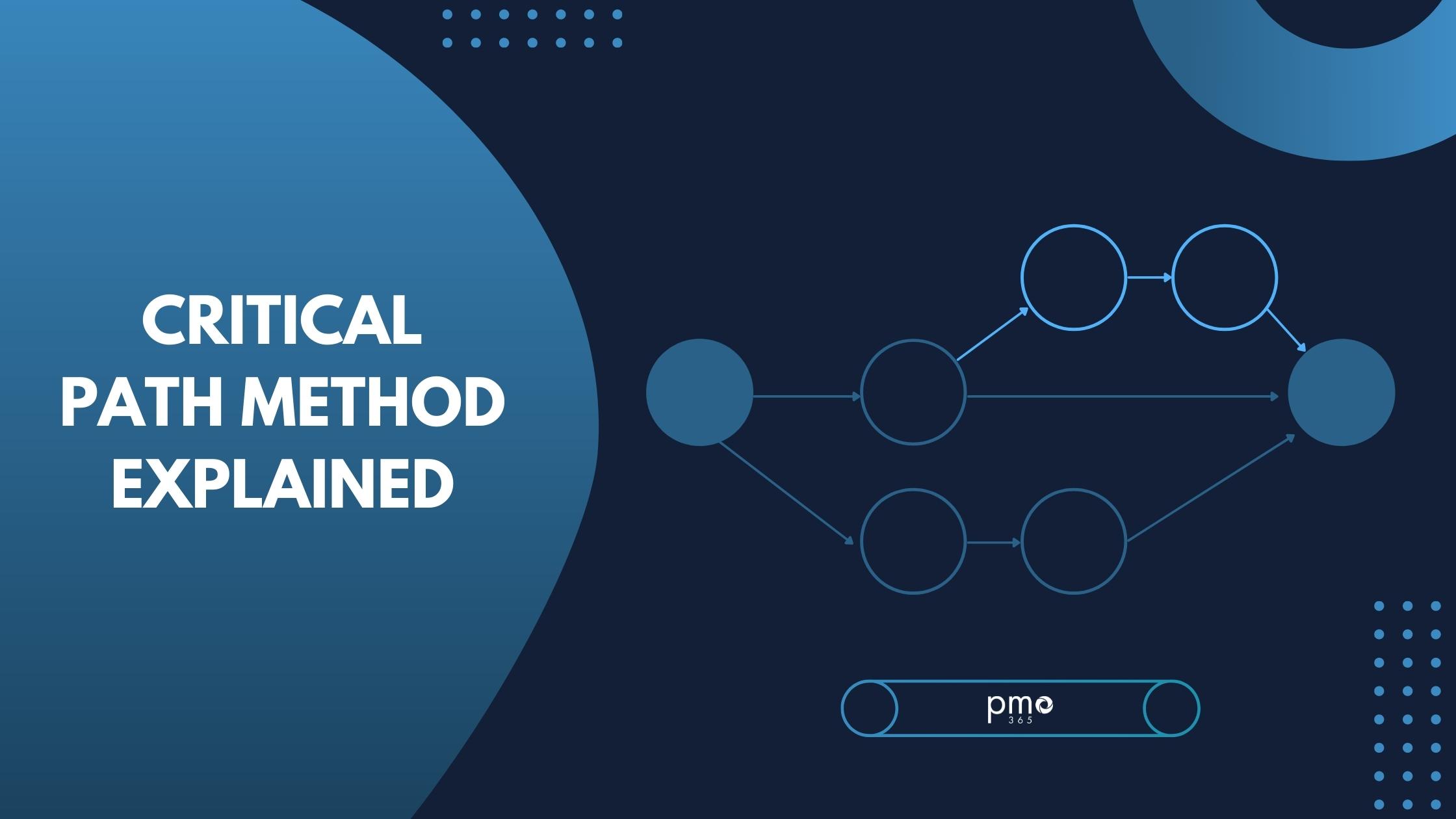Scope creep has plagued project managers for centuries and sadly still plagues our projects to this day. As one of the three critical project management constraints, managing scope creep has become one of the most pressing challenges of the modern project manager. But just what causes scope creep and how can you prevent it?
What is Project Scope?
A project’s scope can be summarised as what the project will produce, and the work required to produce it. Scope Creep, therefore, is when additional features, functions, or requirements are added to that product, including work that is not authorized (i.e., beyond the agreed-upon scope).
A clearly defined project scope is meant to provide teams with sufficient information to plan and budget for delivery in a way that will generate the most value given the organisation’s current constraints. Project scope can be identified using a work breakdown structure (WBS) that helps to detail all the individual tasks, activities, and deliverables required. All this work is typically compiled in a project scope document that is made available to team members and relevant stakeholders.
Why Does Scope Creep Happen?
Scope creep occurs when projects are left unchecked. Most will tend to expand beyond their original desciption incrementally, but then may quickly spiral out of control. This is because decisions are made on the journey, much like a shopping trip. Imagine your last trip to Ikea, for example. You go in with a definitive list of the items you need: some pillows, bed sheets, and a lamp. Before you know it, you’re leaving with a couch, five potted plants and frozen meatballs. Useful purchases…but not exactly what you needed!
Scope creep, according to PMBOK, means ‘adding features and functionality (project scope) without addressing the effects on time, costs, and resources, or without customer approval’.
While a trip to IKEA may sound harmless, a multi-million dollar project is considerably more costly. Scope creep is such a common problem in project management, particularly in IT, that one in six IT projects exceed their budgets by over 200%.
But the dangers don’t stop there. Scope Creep also increases overall workload, demotivates employees, diverts resources from core deliverables, causes tasks to exceed deadlines and, finally, disappoints both sponsors and clients with a poorly realised product.
The 5 Key Causes of Scope Creep
Here are the five key causes that will help you to stop scope creep from happening:
1. Poorly defined scope
Scope creep typically starts with a poorly-defined project scope. When this is left open-ended or lacking in clarity and depth, team members and leaders can quickly become lost in the ever-expanding needs of the project. Ultimately that means they will fail to prioritise the right activities, features or tasks. This is exacerbated by poor communication and control.
With a well-defined list of priorities, requirements and objectives, teams can re-evaluate and reprioritise activities in accordance with pre-defined outlines.
2. Lack of communication
One of the biggest contributors to Scope Creep is a lack of communication. Scope creep often occurs in projects where clients and project teams are not adequately communicating their requirements and vision. Within the project team, priorities must also be properly conveyed and enforced with regular reviews.
3. Ineffective change controls and scope management
Projects always change. It’s how you manage change that is the difference between successful projects and those that are plagued by delays. Scope creep often occurs in teams that do not have a robust or defined scope management or change control process. This allows them to easily identify, assess, mitigate and manage change, and deal with issues that emerge along the way.
4. Lack of stakeholder involvement
Involving key stakeholders, not just the clients, is more than sending them a few emails to update them on progress. Proper stakeholder engagement means actively gathering opinion, managing expectations, implementing changes collectively, and regularly communicating progress. When stakeholders are disengaged, they can misunderstand the level of effort the team is contributing and make excessive demands without understanding their potential impacts.
5. Project length
The longer the project, the easier it is to lose sight of the original intentions and requirements. Longer projects may also have vaguer requirements, deadlines, budgets, and plans. As a result, many unexpected factors can potentially derail the project. This is especially common in Agile projects that are typically open-ended product or service-based. Conventional waterfall-based projects, by contrast, tend to have defined end-dates.
5 Ways to Stop Scope Creep
1. Have a clearly defined Statement of Work document
A Statement of Work (SOW) document is a formal agreement between two parties that keeps all parties accountable and focused on executing a project. It is slightly more detailed and binding than the scope of work document.
The SoW typically acts as a detailed plan and roadmap that goes into the specifics of what and how is to be done. It clearly outlines the roles and responsibilities of different parties, typically between those of the project team and the client. This helps reduce miscommunication and keeps all parties on the same page when discussing any changes.
To help you out, we have made a downloadable Statement of Work template to help your team get started on preventing scope creep!
2. Be prepared for change
While a Scope of Work document is a critical piece for effective scope management, a project’s scope is never truly set in stone. Change is always bound to happen no matter how detailed or specific your plans are.
Effective scope management is not about just containing the project scope to the original, but about controlling requests for change and managing the processes within governance frameworks. Some ways a team can prepare for change include recording log changes, holding re-planning sessions, and implementing processes to gain additional funding or resources.
3. Monitor and manage changes in real-time
Being able to monitor requests for change and manage them in real-time is the best way to ensure changes are based on accurate project data. An effective PPM solution like pmo365 gives you 24/7 visibility and control over all activities within your project. This is especially valuable in the areas of risk management, schedule management and more.
4. Educate and communicate with key stakeholders
As mentioned above, lack of communication and stakeholder iengagement are two critical causes of scope creep. Be sure to invest ample time and resources in properly engaging with stakeholders and keeping them abreast of progress.
This may include discovery sessions during the early stages of the project to collectively develop and define projects requirements. Later on, regular status updates and product trials are key ways of keeping stakeholders and clients in the loop. Thankfully, an SoW document will significantly help in keeping everyone on the same page when change discussions occur. This ensures all opinions are taken into consideration whilst also prioritising project value.
5. Set up reliable Reporting and Dashboards
Another important advantage with real-time PPM solutions is the ability to provide regular reports and dashboards instantly with the most up-to-date project data. Notifications and alerts keep responsible stakeholders informed about changes in performance or unexpected issues that may arise. With pmo365, Microsoft’s industry leading Power BI business intelligence tools are on hand to provide fast and insightful reports on all your portfolios. Using the latest data, decision-makers can maintain a strategic view of project priorities and resource management across all of its activities.
Overcome scope creep with the right PPM solution
While scope creep is caused by a multitude of factors, many problems are addressed by using the right PPM solution. From facilitating communication to poroviding real-time monitoring and control, the best PPM solutions give project teams the ability to overcome all the challenges of project management including how to stop scope creep.
pmo365 is one of the most comprehensive PPM solutions available today. Built on Microsoft’s versatile Power Platform and leveraging the amazing powers of Office365, pmo365 creates bespoke PPM solutions that take your project management processes to the next level.
If you want to find out more, check out our capabilities page or arrange a talk with a PMO solution expert today!













